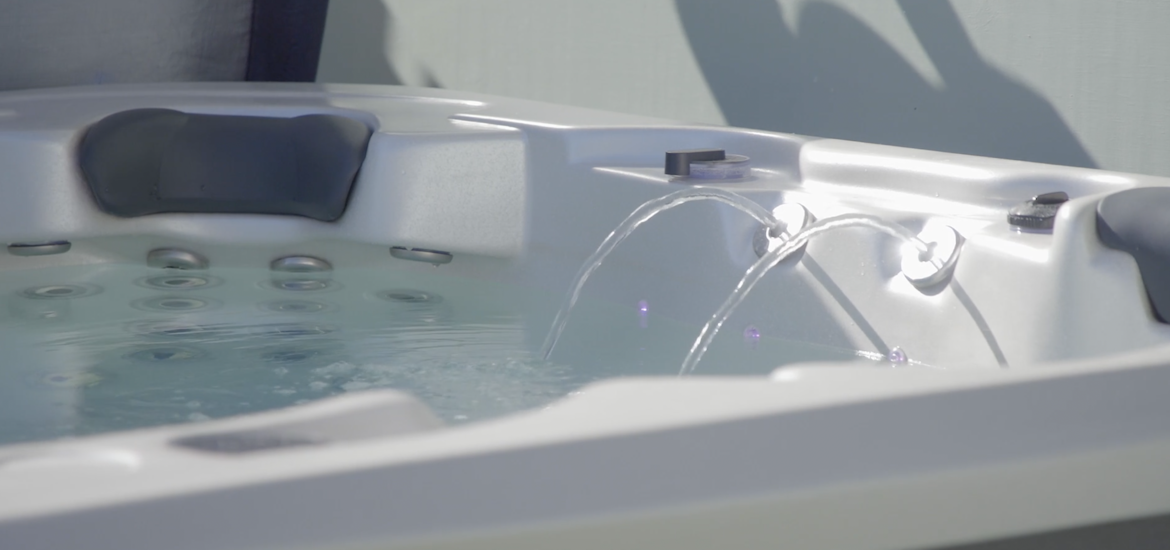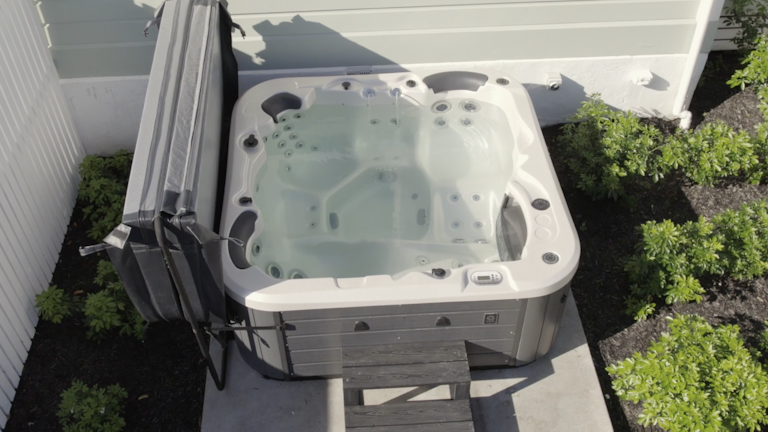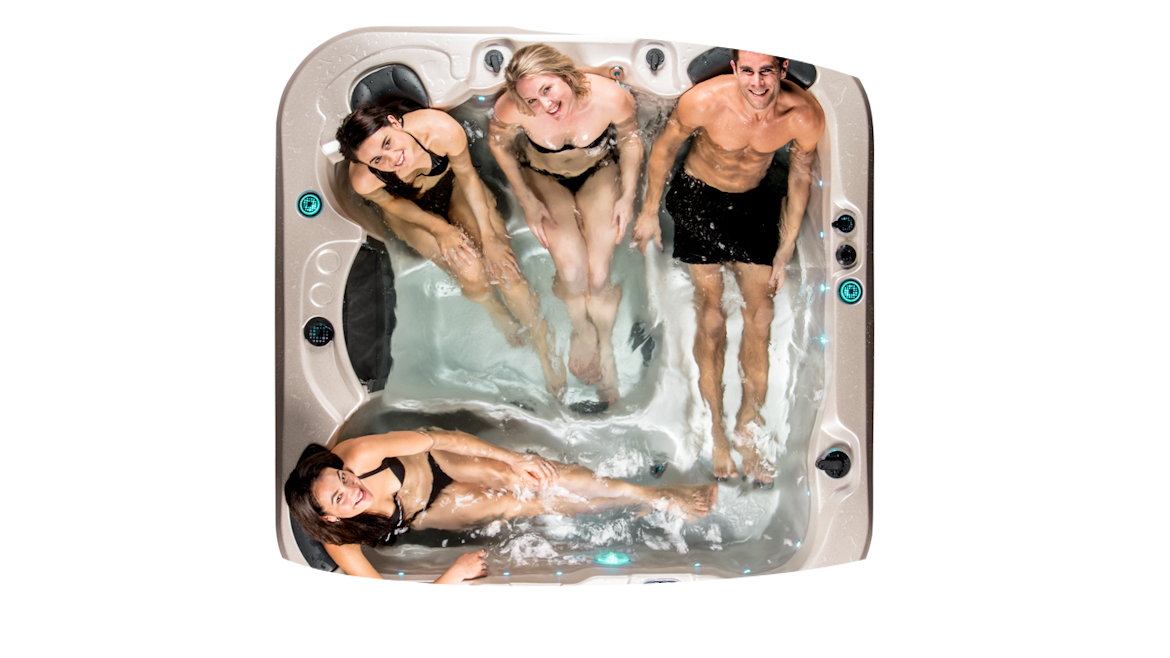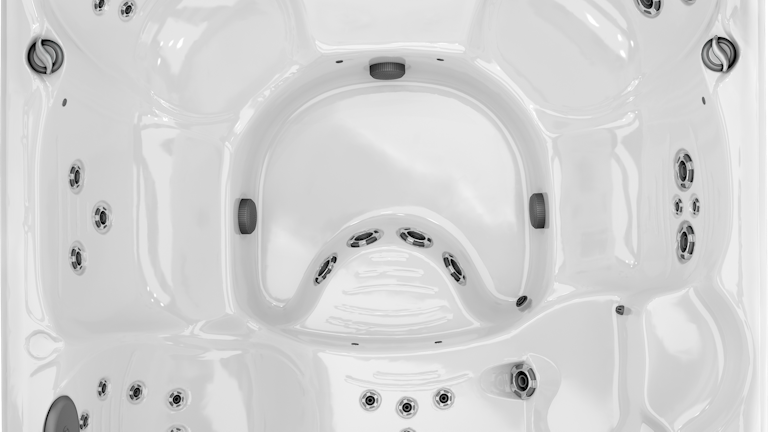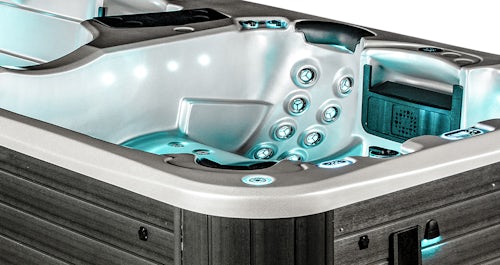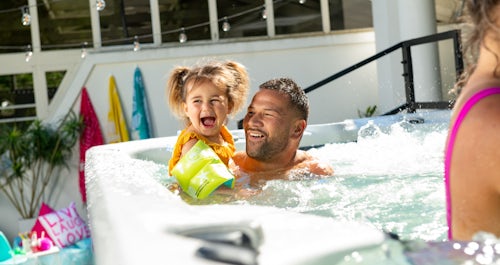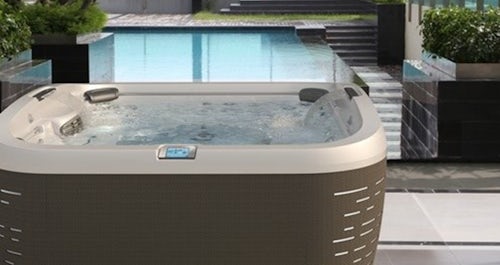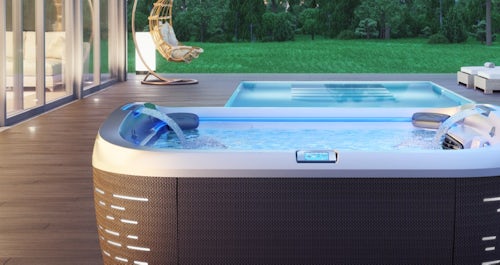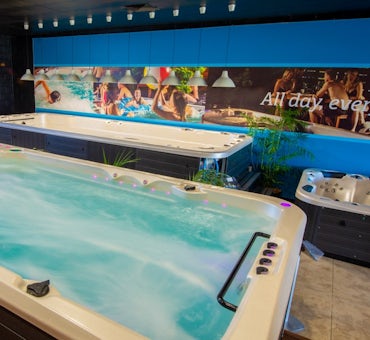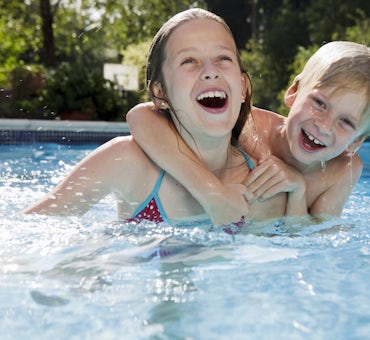There are a lot of things to consider when buying a spa pool. One of the most important choices you’ll have to make is the type of shell to pick. This article will discuss the top two choices for spa pool shells – acrylic and rotomoulded. We will go through the advantages and disadvantages of these two options and give a final recommendation.
This article mentions brand names not affiliated with Spa World™ or Vortex Leisure Pty Ltd. You can see the list of the brand owners at the bottom of this article.
